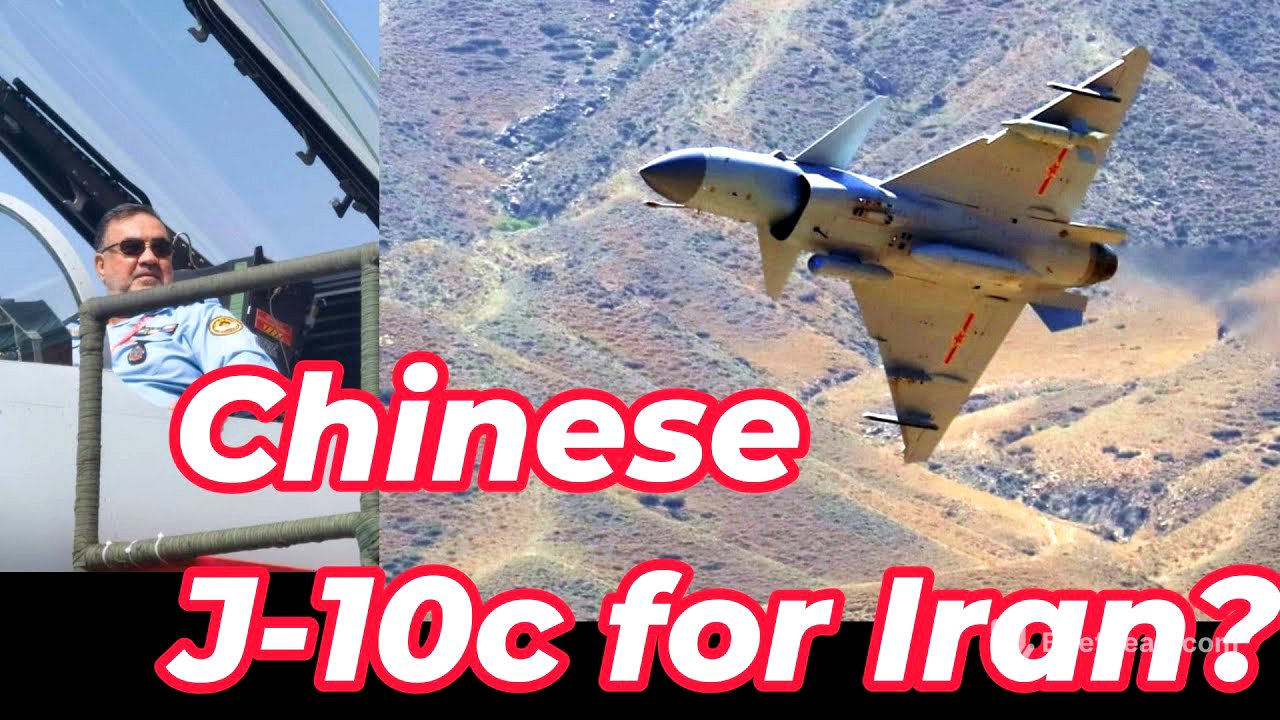TLDR;
This video discusses Iran and Israel's strategic regrouping following recent conflicts, focusing on Iran's efforts to bolster its air defense and air force capabilities through potential arms deals with Russia and China. It also explores the broader geopolitical implications, including the shifting dynamics between China, the US, Israel, and other Middle Eastern countries.
- Iran seeks to enhance its air defense and air force capabilities after recent conflicts.
- Potential arms deals with Russia (SU-35s, S-400s) and China (J-10C, J-35) are being considered.
- China's growing role as a weapons supplier in the Middle East challenges traditional US dominance.
- Iran's restrained response to Israel aims to avoid triggering a decisive US intervention.
Regrouping and Arms Procurement [0:00]
Following a period of conflict, both Iran and Israel are in a phase of regrouping. Iran is actively seeking to expedite weapon deliveries from Russia, including S-300 and S-400 air defense systems, as well as SU-35 jet fighters. The delay in these deliveries has left Iranian airspace vulnerable. Simultaneously, Iran's defense minister has engaged with China at the Shanghai Cooperation Organization meeting, exploring the acquisition of J-10C fighter jets and defense systems.
Chinese vs Russian Arms [1:54]
Iran is considering Chinese J-10C fighter jets as a cost-effective alternative, priced between $40 to $50 million each. These jets could effectively counter Israeli F-16s, especially given the success of Chinese missiles against advanced aircraft like the French Rafale in the Pakistani-Indian conflict. While Iran has already invested in Russian SU-35s and trained pilots for them, the potential for more affordable and reliable Chinese weaponry is attractive. Russia's arms supply to Iran is influenced by its relationships with Israel and the United States, whereas China faces fewer such constraints.
China's Geopolitical Considerations [3:48]
China's potential arms deals with Iran are not significantly hindered by its relationships with the US or Israel. The US continues to supply arms to Taiwan, justifying China's potential support for Iran. Historically, Israel served as a conduit for China to access Western military technology, but the US put an end to this around 2000. China's primary consideration is balancing relations with Gulf Cooperation Council (GCC) countries like Saudi Arabia, but this is mitigated by China's ability to offer similar defense packages to them, including the J-10C fighter jets.
Middle Eastern Interest in Chinese Jets [5:55]
Several Middle Eastern countries, possibly including Egypt and Saudi Arabia, are in discussions with China to acquire J-35 fighter jets. Egypt is actively considering both J-10C and J-35 aircraft, highlighted by recent joint military drills between the Chinese and Egyptian air forces. The acquisition of J-10Cs would enable these nations to counter Israeli F-16s, while J-35s could challenge Israeli F-35s.
Potential Shift in Middle Eastern Dynamics [8:15]
The ongoing conflict could mark a turning point in the US-Israeli partnership in the Middle East, as Iran's response is poised to reshape the region. Despite initial skepticism, Iran's measured approach has revealed its strategic depth, causing concern among Israelis. The Israeli economy has already suffered significant losses, estimated at $5 billion. Iran has been careful to avoid actions that would trigger a full-scale US intervention, such as targeting critical infrastructure like desalination plants or nuclear facilities.
Iran's Restrained Response and Military Priorities [11:32]
Iran's strategy involves inflicting pain on Israel without causing its imminent collapse, recognizing that the US would intervene to prevent such an outcome. Iran's larger size and population allow it to withstand more damage than Israel. A key priority for Iran is addressing weaknesses in its air defense and air force capabilities. Meanwhile, Israel is struggling to replenish its missile interceptors due to resource constraints in the United States.









